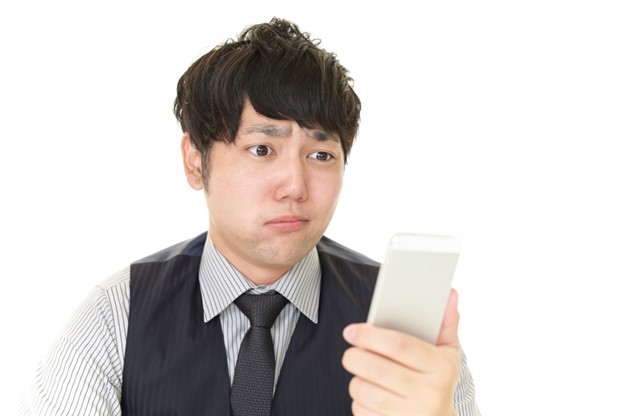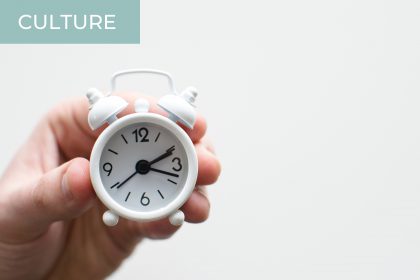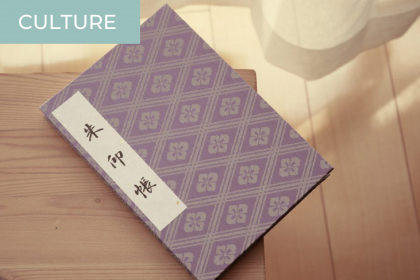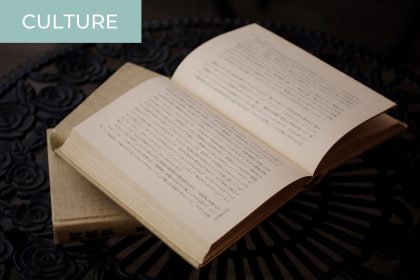One of the first things you will learn about kanji is that they are Chinese characters. But did you know that not all kanji are from China? What’s more, not all words written in kanji mean the same thing in Japanese as they do in Chinese! Let me tell you about these Japanese kanji creations, which I only found out about once I started learning Mandarin as well – which you won’t likely learn about in either class.
Wasei Kanji: Japan-Made Kanji

Like wasei eigo (和製英語, “Japan-made English”) in katakana, there are also wasei kanji (和製漢字), also known as kokuji (国字). Many of them are for native Japanese words, especially those found in nature. These include kanji such as 鰯 (iwashi, “sardine”), 峠 (toge, “mountain pass”) and 栃 (tochi, “horse chestnut”).
Many wasei kanji, such as 辻 (tsuji, “crossroads” or “street”), are primarily used in names. For example, I had a professor called 辻村 (Tsujimura) in college. (Interestingly, I learned a new word using this kanji while researching this topic: 辻斬り [tsujigiri, “to kill a passerby in order to test out a new sword”]. Okay, Japan.)
However, other wasei kanji are much more common and used in daily life, such as 働 (do or hataraku, “work/labor”), 畑 (hatake, “crop field”), 塀 (hei, “fence”), and 込 (komu, “to crowd/include”).
Furthermore, some kanji have taken on a different meaning in modern Japanese compared to modern Chinese. These are called kokkun (国訓). For example, 藤 (fuji or to, “wisteria”), one of the most common kanji found in Japanese surnames, means “vine” in Chinese. While 娘 (musume, “daughter”) can mean “young lady” in Chinese, it also often means “mother.” 湯 (yu, “hot water,” often used for hot springs) is “soup” in Chinese, and a Japanese 床 (yuka, “floor”) is a bed in Chinese!
False Friends: Same Kanji, Different Meanings

These false friends–words that are written the same but mean differently across languages–are not limited to just individual kanji. They can also be entire words!
Two of my favorites are 手紙 (tegami, “letter [in the mail]”) and 勉強 (benkyo, “studying”). Both of these are words you’ll likely learn in Japanese 101. However, their meanings in Chinese are completely different–and possibly may result in some embarrassing situations if used incorrectly! This is because in Chinese, 手紙 is “toilet paper,” and 勉強 is “to force [someone to do something].” I wonder which meaning developed first? Certainly, some students feel like they’re forced to study. I also like to imagine an ex-lover using an old love letter to clean off their behind.
Other entertaining false friends include 怪我 (kega, “injury” – or “blame me” in Chinese), 先生 (sensei, “teacher” – or “mister” in Chinese), and 丈夫 (jobu, “sturdy” – or “husband” in Chinese). There are even variations in different dialects of Chinese. For example, 愛人 (aijin, “lover” or “mistress”) means the same in Japanese as it does in Taiwanese Mandarin, but in mainland Chinese Mandarin, it simply means “spouse” – no judgment attached!
Become an Intercultural Kanji Master

Are you fascinated by kanji as much as we are? Be sure to read our other articles about kanji, including rendaku pronunciation rules, our two-part introduction to learning kanji (part one and part two), and how my synesthesia makes me imagine kanji with color.






2 Comments
Jeremiah Scott Norris
April 17, 2023 at 1:55 AMI have never thought of kanji like that, because I did research on it and historically the Chinese gave Japan written words, that the Japanese used to make they’re language have a way to write it, but it’s interesting that they would create their own kanji! 🤔
Kelsey Lechner
May 9, 2023 at 8:47 PMHi Jeremiah, thanks for your comment! It is very interesting how languages influence each other and then adapt and change in their own directions. It reminds me a bit of how the Latin alphabet also varies language by language–like Umlaut letters (ä, ü, ï, ö, ë, ÿ) or the French ç which don’t exist in many others. Maybe an even closer comparison would be Latin vs. Cyrillic alphabets, which definitely look like they have inspired each other to a degree, or even our own Latin alphabet, which grew out of Greek!